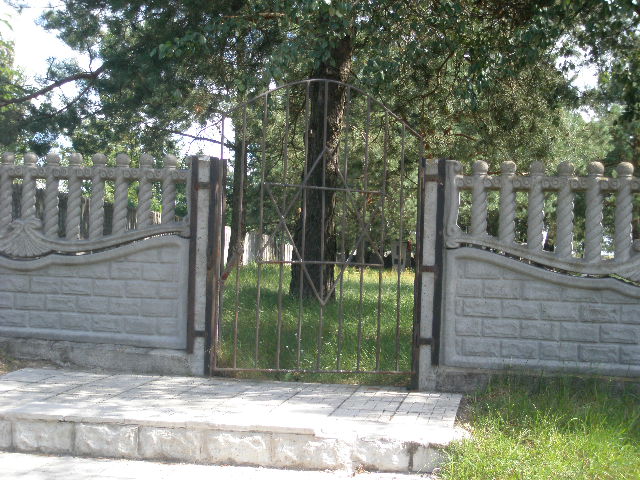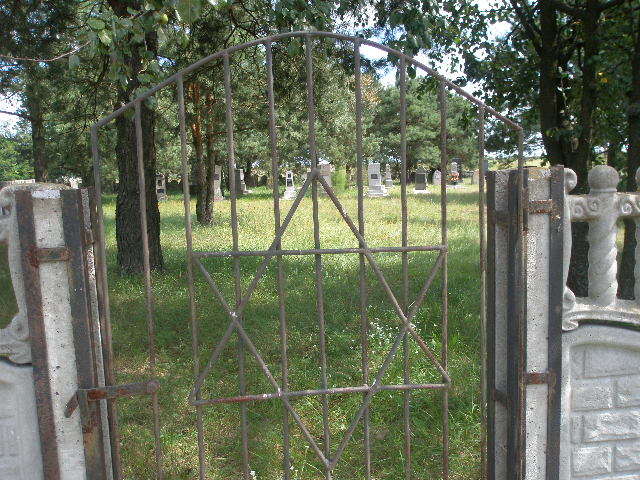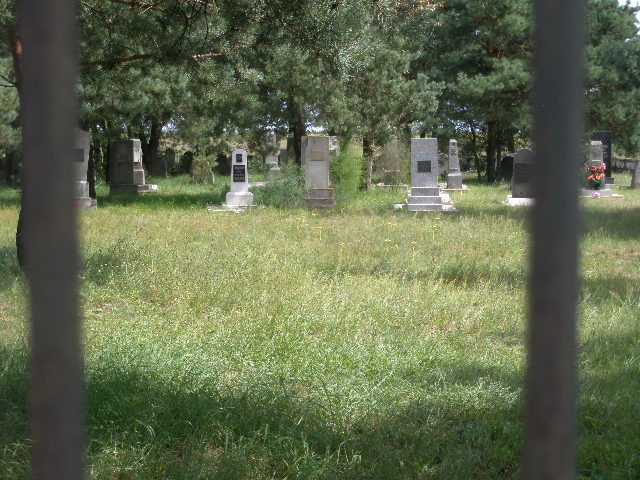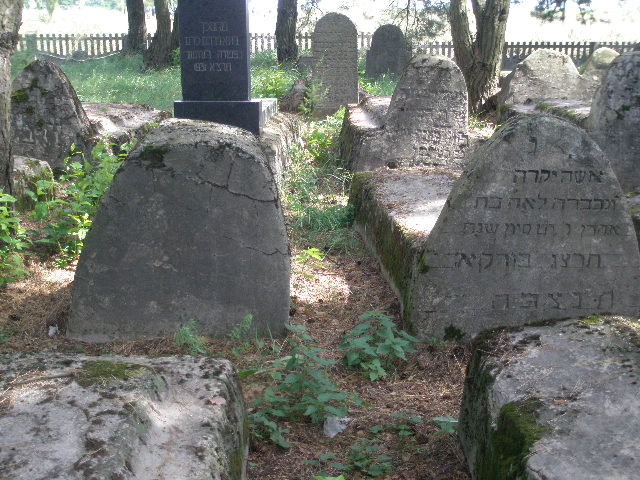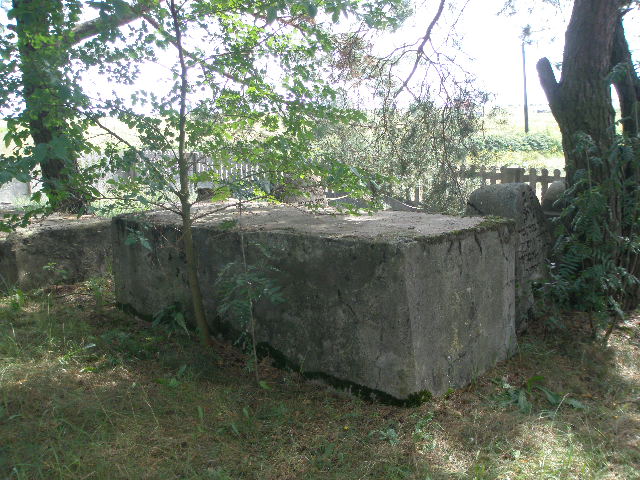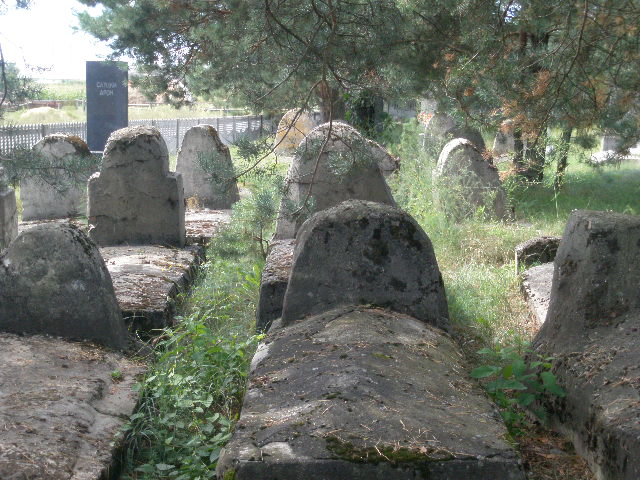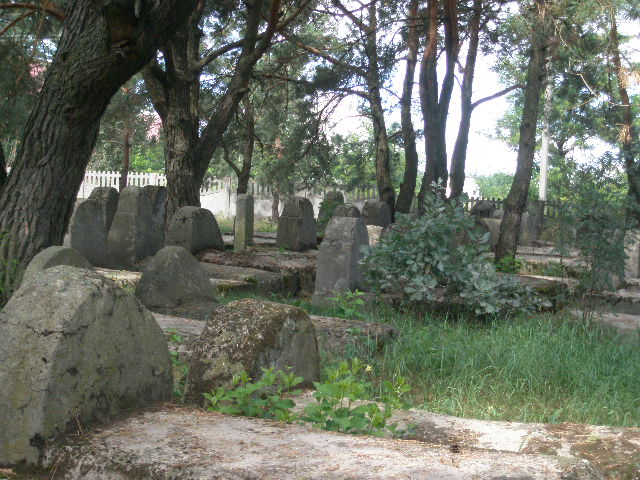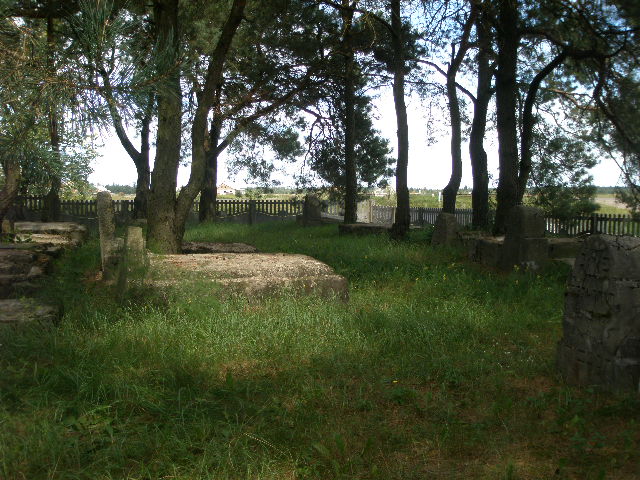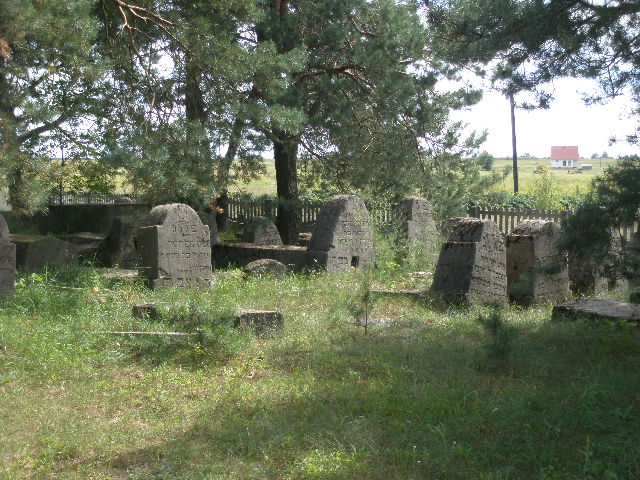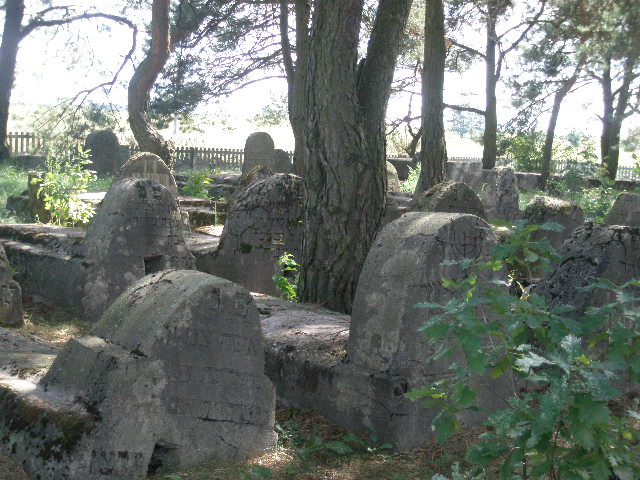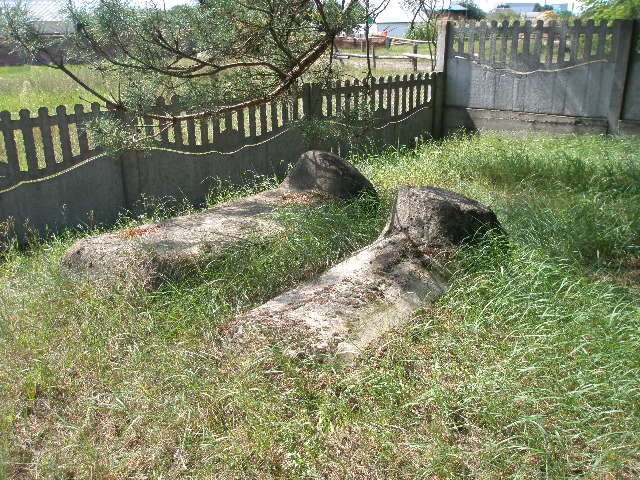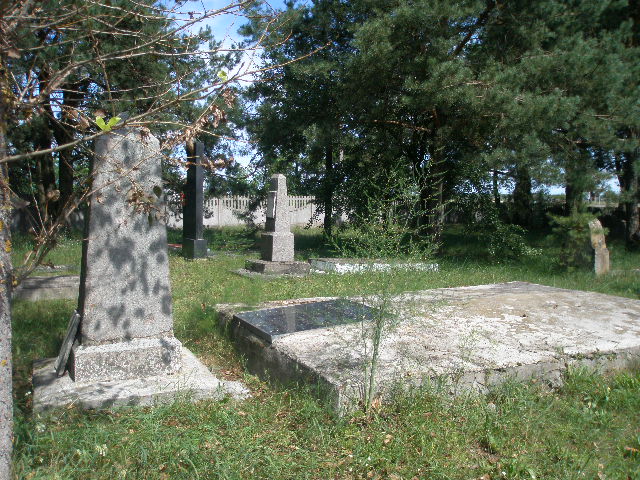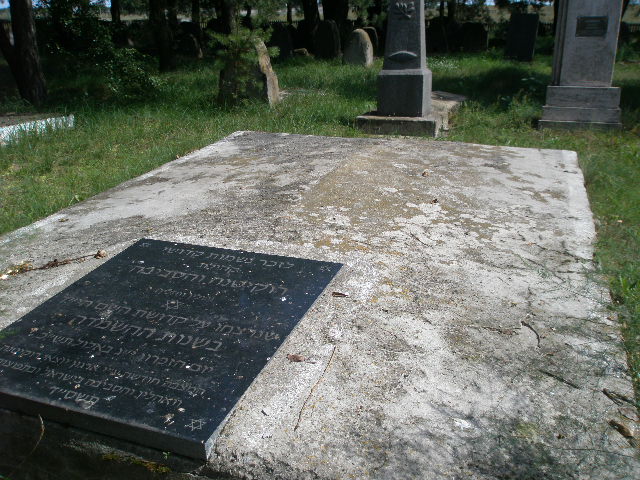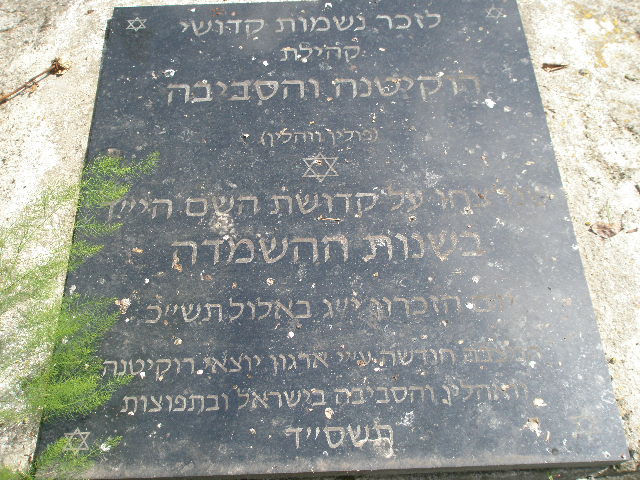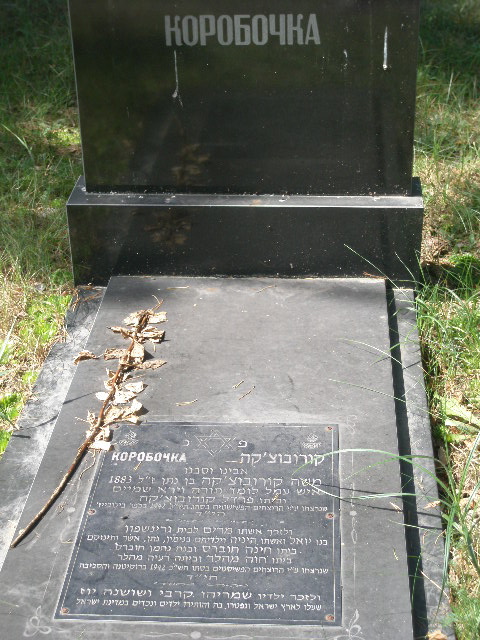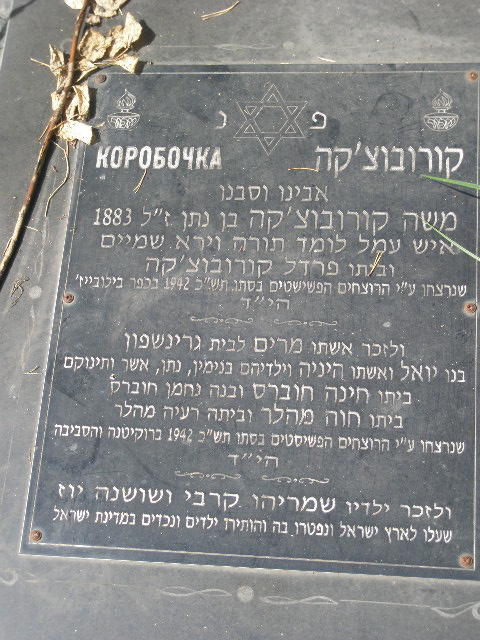 ALTERNATE NAMES: ROKYTNE and Рокитне [UKR], ROKITNOYE and Рокитне [RUS], ROKITNO [POL, YID], REKITNE,
ALTERNATE NAMES: ROKYTNE and Рокитне [UKR], ROKITNOYE and Рокитне [RUS], ROKITNO [POL, YID], REKITNE,
In 1888, the village of Okhotnikove was incorporated, and it kept that name until it was renamed to "Rokytne" in 1922. Rokytne acquired the status of an urban-type settlement in 1940. [August 2012]
- Rokitno (Volin) ve-ha-seviva; sefer edut ve-zikaron
(Tel Aviv, 1967) [August 2013] - Encyclopedia of Jewish Life (2001), pp. 1087-88: "Rokitno".
- Pinkas HaKehilot, Poland, Vol. 5 (1990), pp. 200-204: "Rokitno".
- Shtetl Finder (1989), pp. 83-84: "Rokitno".
- Słownik Geograficzny Królestwa Polskiego (1880-1902), IX, p. 711: "Rokitno".
- Museum of the History of Polish Jews Virtual Shtetl
- Jewish Records Indexing - Poland
- JewishGen Ukraine SIG
CEMETERY:
Jewish cemetery existed. [May 2010]
UPDATE:
"Rokitno is only 115 years old. It began to develop at the turn of the twentieth century due to the founding of a glass factory and the
construction of the Kovel-Kiev railway line. The lumber industry was established as a result. Jews from surrounding villages moved to Rokitno for economic reasons. They soon built synagogues and schools. Many were store owners and tradesmen. The youth was educated in a Zionist-Hebrew atmosphere within the many movements available. Many of them made Aliyah.
In 1939, World War II broke out and the Soviets took over the town. Life was difficult, but not dangerous. Since private enterprise was no longer permitted, Jonah worked for the local authorities in the tax department. He was then drafted into the Soviet army. In 1941, the Soviets retreated and the Germans were in charge. The Jews were forced to wear a circular yellow patch and eventually they were all herded into two small crowded ghettos. On August 25, 1942, 1631 Jewish men, women and children were ordered to assemble in the market square for a roll-call on the following day. They stood six abreast, women and children under 13 on one side and men and older boys on the other side. The fear was palpable. Suddenly a woman's voice was heard: "Jews, they are going to shoot us! Save yourselves!" (The woman was very tall and was the first to see the German and Ukrainian police). Sounds of shooting and screaming filled the air. Hundreds of people were killed or wounded. Others managed to escape into the forest. All others were put on cattle cars and taken to Sarny. They were killed there with thousands of Jews from nearby villages." This email address is being protected from spambots. You need JavaScript enabled to view it. [2013]
Photos courtesy This email address is being protected from spambots. You need JavaScript enabled to view it. [August 2011]
Esther Gilbert's caption/translation for photo of plaque on flat light-colored stone:
"in memory of the holy souls from the communities of Rokitno and its surroundings (Polesia and Volhynia) who were murdered sanctifying the name of G-d - may G-d avenge their blood in the years of destruction. Their memorial day is 13th Elul 5702 (26 August 1942)
This tombstone was renovated by the committee of the former residents of Rokitno, Volyn, in Israel and abroad 5764" (2003)
She notes:
The Jews of Rokitno were taken to nearby Sarny and murdered in the forest there (with the Jews of Klesov), 26 August 1942 (13 Elul 5702); the Jews of Sarny were murdered in that forest the next day, 27 August 1942 (14 Elul 5702).

